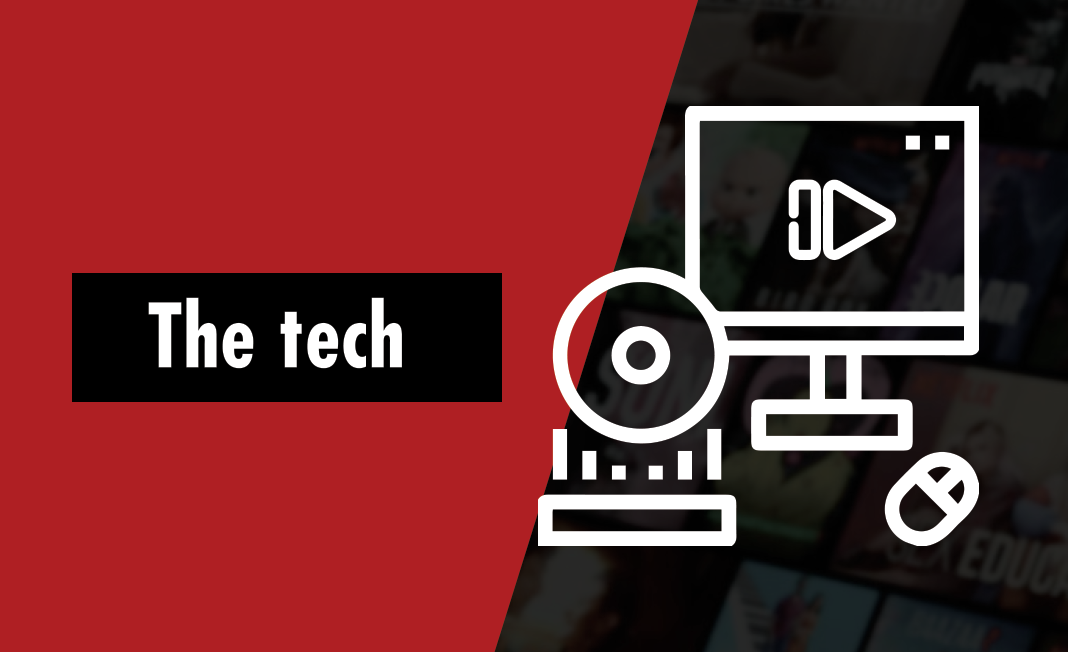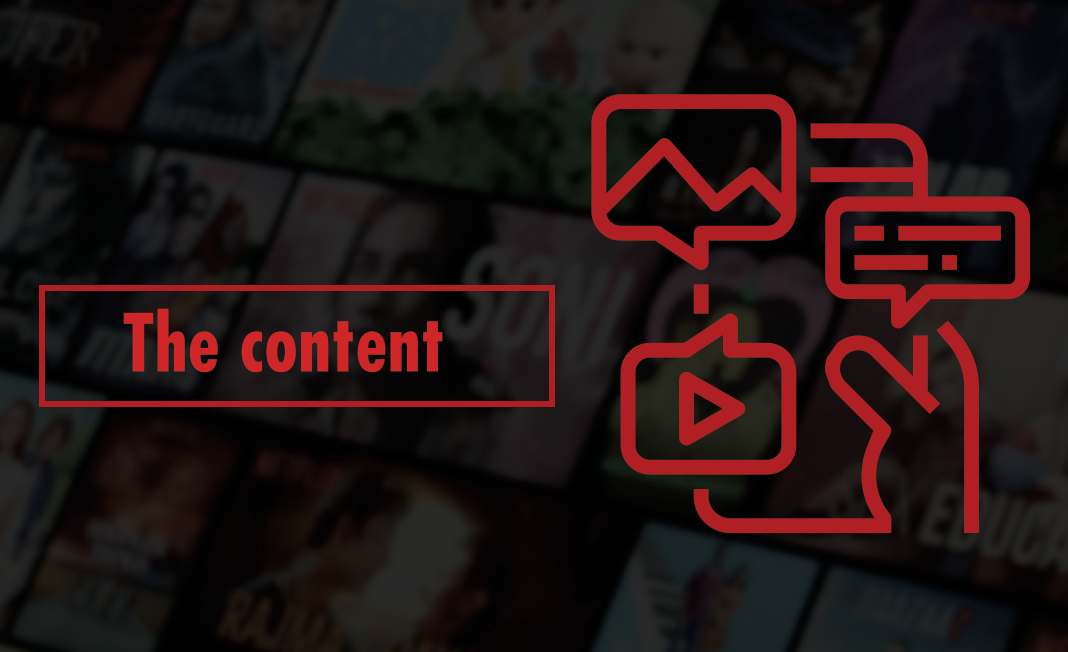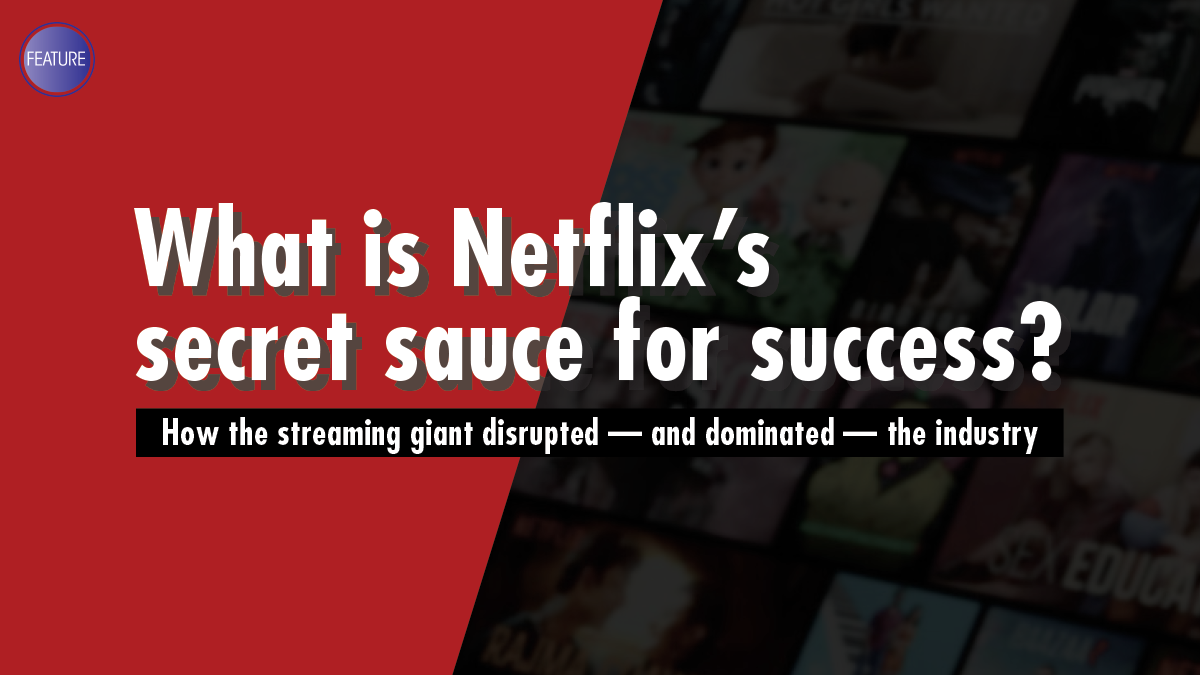You don’t have to be subscribed to Netflix to know what the company offers. It has lorded over the video streaming space since it switched gears from a DVD rental service back in 2007. It’s now available in over 190 countries with around 148 million paid subscribers. Netflix is untouchable—for the time being. The likes of Disney and Apple are breathing down its neck and are gearing up to steal its crown. But we can’t discount what Netflix has done for video streaming, and how it’s managed to stay ahead of its competition for so long. What is the company’s secret? We can say that it isn’t just one thing.

The people
Netflix has a self-proclaimed “unusual employee culture.” Netflix’s former chief talent officer Patty McCord and her team wrote the now-classic document “Netflix Culture: Freedom & Responsibility,” which you can now read on the company’s job site. It describes things like how Netflix is always on the hunt for the best people. Innovation is at the heart of the company, and it wants every employee to be involved. McCord was once quoted in an interview saying, “Most of the innovation around the culture at Netflix wasn’t to do anything radical and new but to stop doing stuff that didn’t matter anymore.”
Netflix is a company that isn’t afraid of failure if there are lessons to be learned. Chairman and CEO Reed Hastings said before, “We’re in a creative-inventive market, not a safety-critical market like medicine or nuclear power. You may have heard preventing error is cheaper than fixing it—yes in manufacturing or medicine, but not so in creative environments.”

The tech
Foresight and luck are involved in Netflix’s rise. When it started to shift to video streaming from renting out DVDs, the company was at the right place at the right time. Video streaming speed and reliability increased as viewing devices became cheaper and ubiquitous. Advances in video compression technology in the early 2000s also meant it was easier to stream large video files over the internet. This also demonstrated that from the tech side, Netflix knew what it was doing.
We’ve heard Netflix describe itself as a tech company. And it’s continuously worked on getting the tech behind its service right. At its Los Gatos offices, the company has cell tower equipment to help its team test its app running on mobile devices under different mobile or Wi-Fi conditions available around the world.
It’s done everything from simply adding the Netflix button to smart TV remotes to encourage users to check out the app, to optimizing its videos for mobile viewing, to learning to deal with outages early on. The company uses Amazon’s AWS data centers across three regions. When one of these regions goes down, Netflix automatically redirects its traffic to the two other regions. The company even purposefully takes a region offline occasionally for testing purposes.

The subscribers
It’s no secret that Netflix leverages subscriber data to help improve its service. Distributing online allows them to gather large amounts of data on subscribers. This, in turn, helps it provide content that would appeal to its global audience. It doesn’t say what they collect, but it has been a useful tool to make sure the company is serving varied interests. And with its innovation-centric mindset, the company is known to scale up ideas that work.
On top of that, the company likes to conduct in-person interviews with members as well as people who haven’t subscribed yet to find out what they think about the service and the shows. But it doesn’t stop at gathering data from within the app and from talking directly to its customers, Netflix uses social media to help gauge response to its content. Twitter is a useful tool to discover the public’s reaction to shows. According to CNBC, new Netflix shows get 30% more mentions on Twitter when compared to new cable television shows. And the service can be used to gauge future success or cancellation of its original programs. Shows like Sense 8 and The Get Down exhibited declines in social media activity ahead of getting canceled. The service responds to what the public says (or doesn’t say, in this case).

The content
The information Netflix gathers from its users help dictate how the service evolves the content it offers. And so far, it has its competition beat with the depth and breadth of what it offers. You get the splashy, attention-grabbing originals mixed with some classic and popular shows and films. Recently, we’re seeing the increase of localized content as well, which is where Netflix is placing a lot of its hopes in the future.
The internet distribution model allows Netflix to serve different audiences and interests simultaneously and separately. The company isn’t tied to the traditional TV distribution model, allowing them to try out different formats, delve into varied subject matters, and change up how to distribute its content. After years and years of being in the business, it has built a substantial library that you might never know the depths of. And with the nature of the business, the service loses and gains rights to stream shows and films for a prescribed number of years. This might be bad for those who love re-watching their favorites, but it’s good for ushering in fresh content and keeping subscribers locked in.
The company has said before it aims to have half of its library to be shows and films made exclusively for the company. It was last reported to have spent around US$12 billion on new content. And it wouldn’t come as a surprise if they spend more in the coming years, especially with competition looming.
Netflix has harnessed its strengths to maintain its hold on the market. But it must continue to develop compelling, exclusive material to keep subscribers interested. It needs to make sure that the tech remains reliable. And that it has the right team that knows how to address the needs of its base. If they don’t deliver, then the company might lose its crown.
Words by Nicole Batac
Also published in GADGETS MAGAZINE August 2019 Issue
